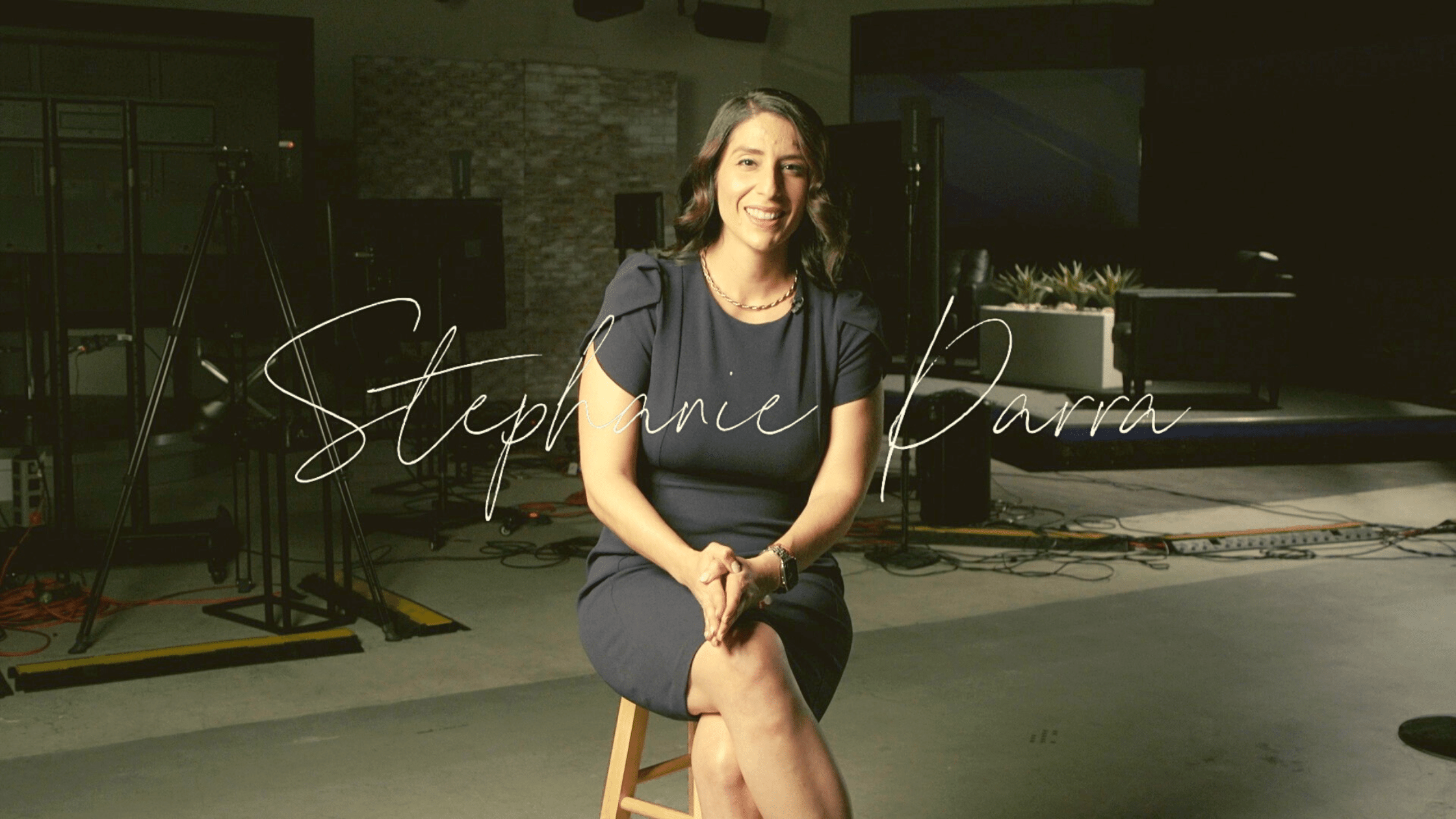Face challenges, fear, and frustration by seeking out knowledge and opportunities for growth.
— Fanny Mairena
“(In 2012) After a lot of anti-Latino, anti-immigrant rhetoric happening at the state level it was difficult for me to want to stay here, in a community that did not make me feel welcome, that did not make me feel like I belonged and that worked really hard to make me feel like I was an ‘other’... My manager at the time sat me down and said ‘You can leave, you can decide to leave, so many people get frustrated with Arizona and they leave. Or, you can stay here and you can be part of the change.’”
Stephanie Parra
Managing Symptoms of Burnout
Parra’s feelings of frustration are probably relatable to anyone reading this post. Especially for those working in the nonprofit sector or for social and community causes. Sometimes it can feel like the problems are just too big.
For a long time professionals believed that feelings of burnout were a symptom of an infected character. But, new research shows the causes of burnout have less to do with the integrity of a person, and more to do with how fulfilled and valued they feel in their work.
Burnout is considered to be an occupational disease. “Burn-out is a syndrome conceptualized as resulting from chronic workplace stress that has not been successfully managed. It is characterized by three dimensions: feelings of energy depletion or exhaustion; increased mental distance from one’s job, or feelings of negativism or cynicism related to one's job; and reduced professional efficacy."
World Health Organization
As abstract as the concept of “burnout” might seem, scientists are working to make it a measurable science. There are a handful of burnout self-assessment tools like the Professional Quality Of Life Scale (PROQOL) gaining popularity.
But, how can moments like this be avoided? Especially for people who want to solve problems and don’t have the luxury of having hours every day to spend on relaxation, personal care and development?
There’s no “easy” way to avoid burnout. Negative experiences and thoughts are inevitable, but what makes someone able to experience them as a glitch versus a full processing malfunction comes down to the fundamentals of self awareness and self care.
According to the WHO (the health organization not the band responsible for “Behind Blue Eyes”) there are six core areas in a work environment that need to be reinforced and balanced in order to avoid burnout. The more out of balance these are, the higher at-risk a person is of burnout.
- Fairness, the need to feel fairly treated.
- Values, an alignment of personal, workplace and occupational morality and beliefs.
- Control, an ability to “have a say” in the work being done, to have influence and authority.
- Community, open communication and support.
- Reward, verbal and monetary recognition of work.
- Workload, a realistic and manageable workload.
These principles are largely derived from the Maslach Burnout Inventory (MBI) and the Areas of Worklife Survey (AWS). These theories are far from the only philosophies of thought surrounding burnout, for example, hygiene-motivation theory is another highly regarded concept.
So for the average person, managing burnout is best done by checking-in and being honest. What that looks like for each person may be different. It might mean mentally running through each area of work and evaluating feelings in the car on the way to work everyday or every month. Others might want to evaluate their work life state in the form of a planner or journal. Or, someone might need to talk it out with another person to understand how they feel.
But, it’s impossible to be able to evaluate these work environmental factors without a clear and personal understanding of what they mean. Not everyone’s values are the same. People view what a “reward” looks like differently. Professionals need to really understand who they are independently of their office culture or career and unafraid to question if where they are at is where they need to be.



